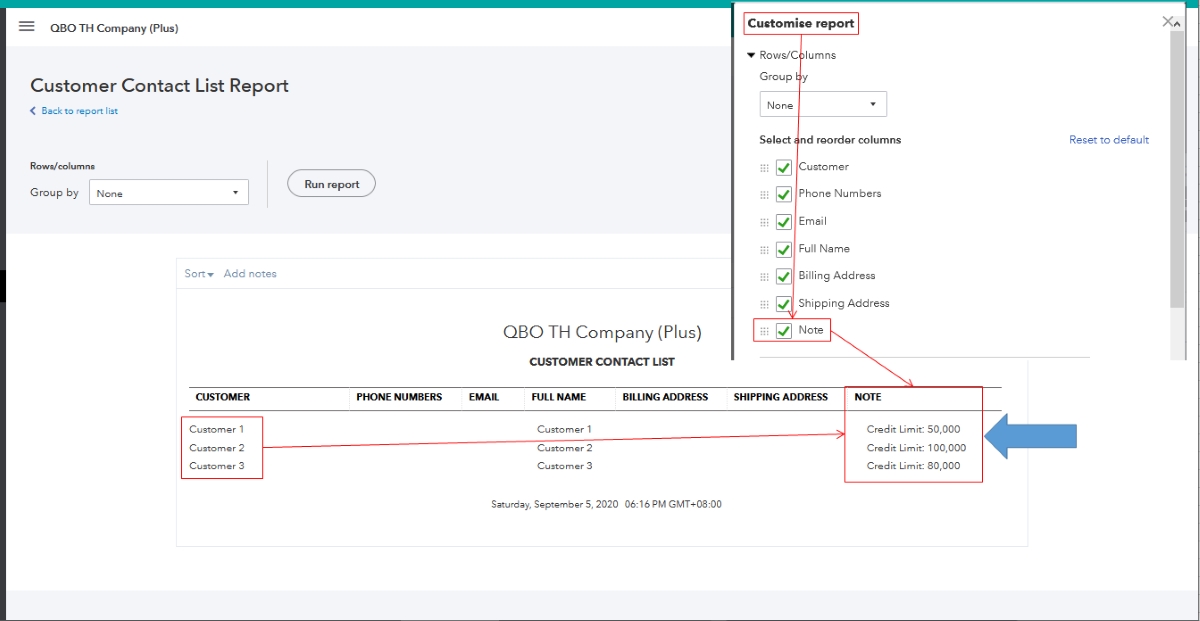Home>Finance>What Is Solvency? Definition, How It Works With Solvency Ratios


Finance
What Is Solvency? Definition, How It Works With Solvency Ratios
Published: January 31, 2024
Learn the definition of solvency in finance and how it works with solvency ratios. Explore the importance of financial stability and find out how to assess solvency.
(Many of the links in this article redirect to a specific reviewed product. Your purchase of these products through affiliate links helps to generate commission for LiveWell, at no extra cost. Learn more)
Understanding Solvency: Definition and It’s Importance
What is solvency? In the world of finance, solvency refers to the ability of a company or individual to meet their long-term financial obligations. It is a crucial aspect of financial stability and plays a vital role in determining the overall health and viability of an entity. Solvency is often used interchangeably with financial soundness and is an important metric for investors, lenders, and even individuals seeking financial security.
If you’re looking to understand solvency better, let’s delve into its definition, importance, and how it works with solvency ratios to provide valuable insights into a company or individual’s financial standing.
Key Takeaways:
- Solvency refers to the ability of an entity to meet its long-term financial obligations.
- Solvency ratios help assess the financial health and stability of a company or individual.
What is Solvency?
Solvency is a measure that indicates the ability of an entity to pay its debts and meet its financial obligations over the long term. It focuses on assessing the adequacy of an entity’s assets in comparison to its liabilities. In other words, solvency evaluates whether an entity has enough resources to cover its long-term debts while still remaining operational.
While short-term liquidity focuses on an entity’s ability to meet immediate obligations, solvency looks at the bigger picture. It takes into account the long-term financial sustainability by considering factors such as cash flow, profitability, and overall financial strength.
Importance of Solvency
Solvency is of utmost importance for both businesses and individuals for several reasons:
- Financial Stability: Solvency is a critical indicator of financial stability. It provides confidence to creditors, investors, and lenders that an entity can meet its long-term commitments without defaulting. A solvent entity signifies a lower risk and often gains a competitive advantage in financial markets.
- Fulfilling Obligations: Whether it’s paying off long-term debts, fulfilling pension obligations, or meeting contractual commitments, solvency ensures that an entity can honor its financial responsibilities over an extended period. This is crucial for maintaining trust and reputation in the business world.
- Funding Opportunities: Solvent companies or individuals are more likely to access funding, loans, and credit at favorable terms. Lenders and investors are more inclined to provide capital to entities with a solid solvency position, knowing that their investments are secure and will be repaid.
- Planning for the Future: Solvency provides insights into an entity’s financial health and helps in making informed decisions. It allows businesses to plan long-term strategies, expansion, and investment opportunities. Individuals can also make better financial plans for retirement, education, or other life goals.
Solvency Ratios: Understanding Financial Health
Now that we have a good understanding of solvency, it’s essential to explore solvency ratios. Solvency ratios are financial metrics that assess an entity’s ability to meet its long-term obligations. These ratios provide valuable insights into an entity’s financial health and stability. Here are a few commonly used solvency ratios:
- Debt-to-Equity Ratio: This ratio depicts the proportion of debt to shareholders’ equity. It helps determine the extent to which a company is relying on debt financing rather than equity.
- Interest Coverage Ratio: The interest coverage ratio measures a company’s ability to cover interest expenses with operating earnings. It indicates whether a company generates enough income to meet its interest payment obligations.
- Debt Ratio: The debt ratio evaluates the extent of a company’s leverage and shows what portion of its assets is financed by debt. It reflects the risk associated with a company’s capital structure.
These are just a few examples of the solvency ratios used to assess an entity’s financial health. Different ratios provide different insights, and their interpretation may vary depending on the industry and specific circumstances.
Becoming Solvent: A Path to Financial Security
Ensuring solvency is a continuous effort for businesses and individuals alike. Achieving and maintaining solvency requires careful financial planning, monitoring cash flows, and managing debt wisely. Here are a few steps to enhance solvency:
- Streamline Budgeting: Create a realistic budget that aligns income, expenses, and savings. Stick to the budget and regularly review and adjust it as necessary.
- Improve Cash Flow: Focus on measures to increase cash flow, such as optimizing revenue streams, reducing expenses, and improving collection processes to expedite inflows.
- Reduce Debt: Prioritize debt reduction by either paying down high-interest debt first or consolidating multiple debts into a single manageable payment.
- Build Reserves: Establish emergency funds or savings to handle unforeseen expenses and maintain a buffer in times of financial difficulties.
- Monitor and Evaluate: Regularly review financial statements, solvency ratios, and overall financial health. Seek professional advice if needed to ensure accurate analysis.
Remember, achieving solvency is a long-term goal that requires consistent efforts and prudent financial management. By understanding solvency and implementing sound financial practices, you can pave the way to financial security and stability.
Conclusion
Solvency is a crucial aspect of financial stability that assesses an entity’s ability to meet long-term financial obligations. It provides insights into financial soundness and plays a significant role in gaining trust, accessing funding, and making informed decisions. Solvency ratios further aid in evaluating financial health. By understanding solvency and taking steps towards it, you can enhance your financial security and lay a foundation for a prosperous future.
So, remember to prioritize solvency, assess your financial position, and take steps towards greater financial stability. Your financial future depends on it!














